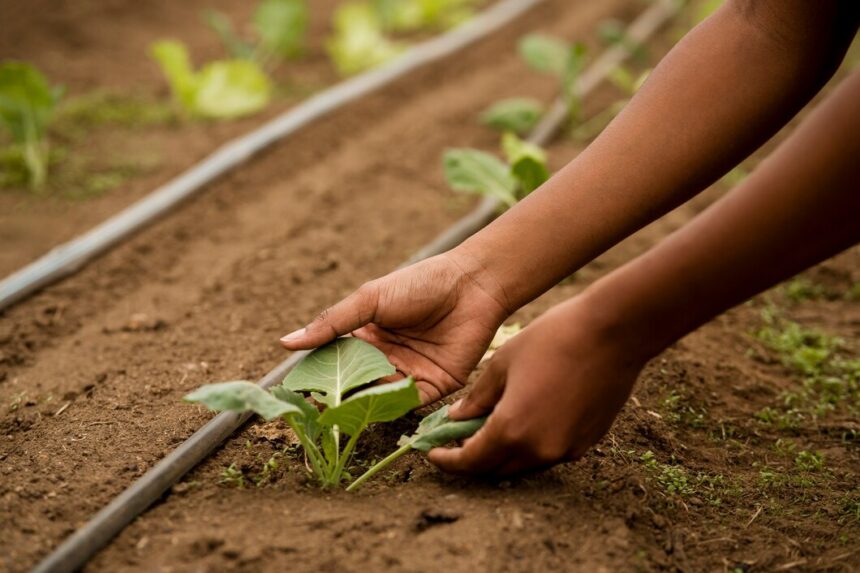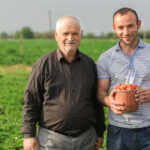In the face of climate change and the increasing threat of pests and diseases, selecting disease-resistant crop varieties has become essential for South African farmers. This strategy not only enhances crop yield and quality but also reduces the reliance on chemical pesticides. Here’s how farmers can make informed decisions when choosing disease-resistant varieties.
1. Understand Local Conditions
Before selecting disease-resistant varieties, farmers should evaluate their specific growing conditions. Factors such as soil type, climate, and local disease prevalence play a crucial role in determining which varieties will thrive. Local agricultural extension services and research institutions can provide valuable information on the most common diseases affecting crops in particular regions.
2. Research Disease-Resistant Varieties
Farmers should conduct thorough research on the available disease-resistant varieties. This can include:
- Consulting Agricultural Extensions: Local agricultural offices often provide updated information on recommended varieties that have been tested for disease resistance in specific areas.
- Reviewing Academic Research: Look for research studies and publications from universities and agricultural institutes that focus on crop improvement and disease resistance.
3. Evaluate Resistance Levels
Not all disease-resistant varieties offer the same level of protection. Resistance can vary based on different factors, including the disease strain and environmental conditions. Farmers should assess:
- Quantitative Resistance: Some varieties may offer partial resistance, which means they are less susceptible to diseases but may still require management strategies.
- Qualitative Resistance: These varieties typically provide higher levels of resistance and may be a better option for areas with a history of severe disease outbreaks.
4. Consider Yield Potential
While disease resistance is critical, it’s also essential to consider the yield potential of the variety. Farmers should aim to choose varieties that not only resist disease but also deliver high yields under local growing conditions. Trials conducted in similar environments can provide insights into expected performance.
5. Examine Agronomic Traits
Beyond disease resistance, farmers should evaluate other agronomic traits of the crop varieties. Important characteristics include:
- Growth Habit: Dwarf varieties may be more resistant to lodging, while tall varieties could be more susceptible.
- Maturity Period: Shorter growing seasons can help mitigate risks associated with late-season diseases.
- Nutritional Quality: Choosing varieties with higher nutritional quality can add value to the harvest and cater to market demands.
6. Utilize Integrated Pest Management (IPM)
While selecting disease-resistant varieties is crucial, adopting an Integrated Pest Management approach will enhance overall crop health. Farmers should combine resistant varieties with cultural practices such as crop rotation, intercropping, and proper sanitation to reduce disease incidence.
7. Seek Local Expertise and Networking
Farmers should not hesitate to reach out to local agronomists, extension officers, and fellow farmers for advice on the best disease-resistant varieties. Networking can lead to the sharing of experiences, successes, and failures, allowing for a broader understanding of what works in specific areas.
8. Monitor and Adapt
Lastly, farmers should continually monitor the performance of the chosen varieties and remain adaptable. As pest and disease pressures change, so too should their variety choices. Participating in local agricultural meetings and workshops can provide updates on emerging diseases and new resistant varieties.
Selecting disease-resistant varieties is a proactive strategy that South African farmers can adopt to enhance productivity and sustainability. By considering local conditions, researching options, and implementing integrated pest management practices, farmers can safeguard their crops against diseases while ensuring better yields and profitability. Embracing these practices not only benefits individual farmers but also contributes to the overall resilience of South Africa’s agricultural sector.







